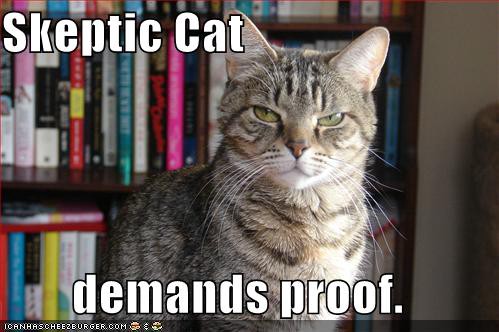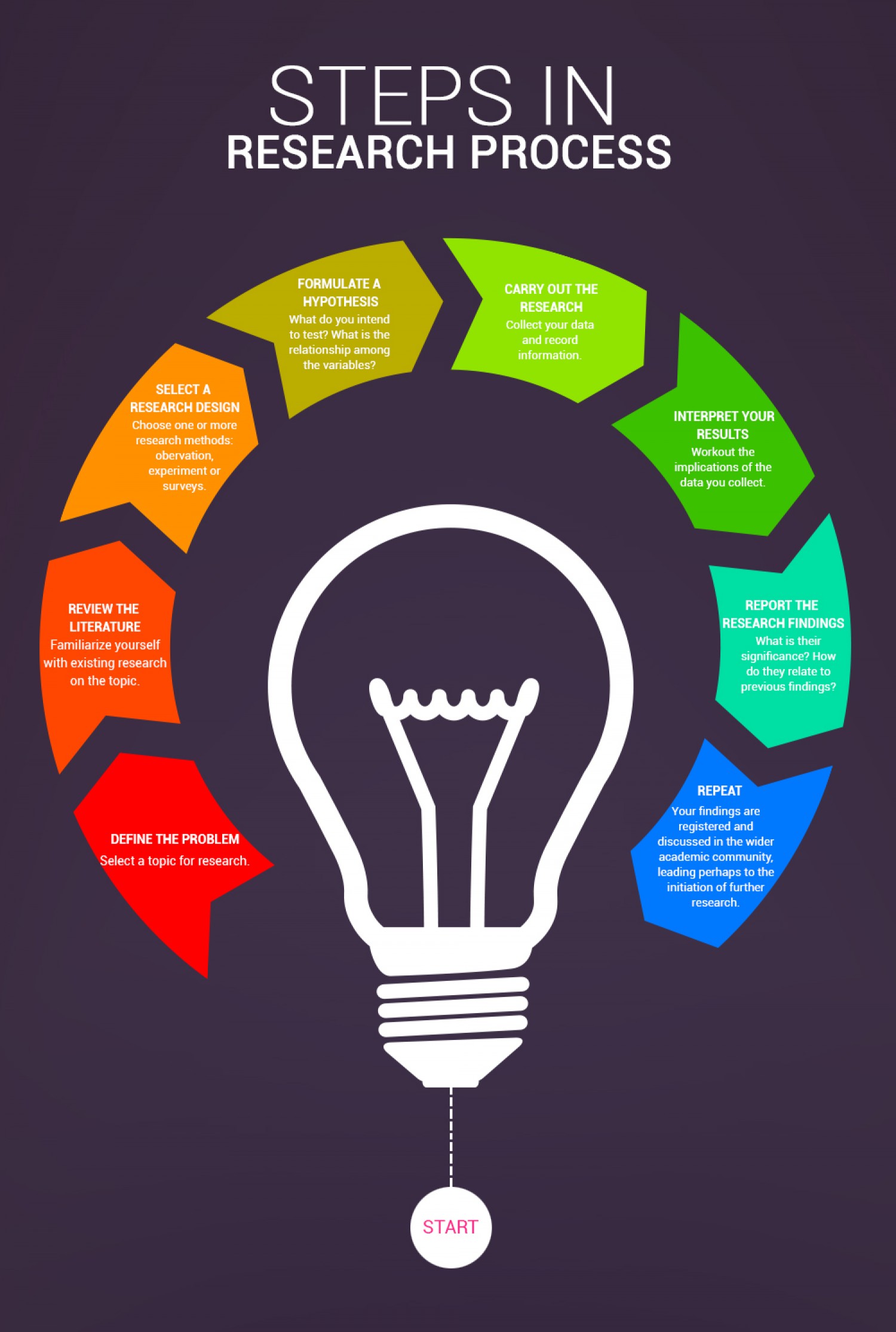 To avoid being accused of spreading untrue information, be a fact checker. When you write a document in the workplace, your first task is to compose the document; but before you send that project out to your readers, you need to do some fact checking to verify the ideas.
To avoid being accused of spreading untrue information, be a fact checker. When you write a document in the workplace, your first task is to compose the document; but before you send that project out to your readers, you need to do some fact checking to verify the ideas.
You know all about fact checking from the news. Fact checking isn’t just for political speeches however. In the same way that you will doublecheck your calculations in a budget, you need to confirm the facts and sources that you include in your report.
Read more about the importance of fact checking in the Medium post Three Important Reasons Why You Need to Fact Check Your Content, and then follow up by reading Five Tips for Fact Checking Your Content! Pay particular attention to Tip #3, which will result in different answers for every career field.

